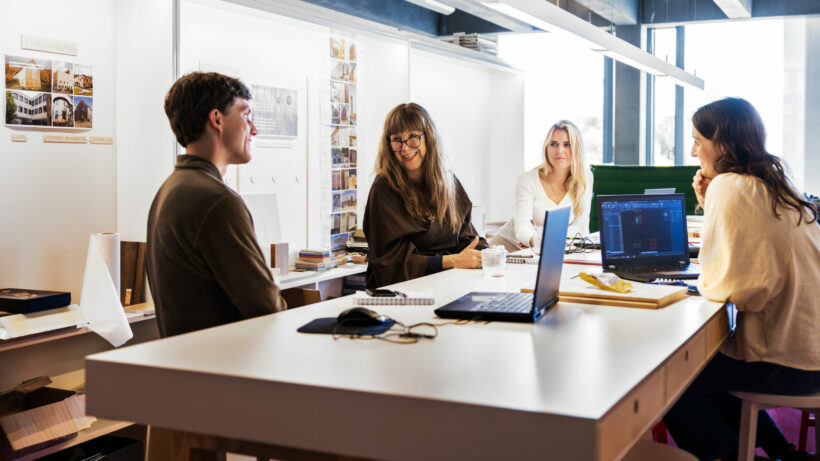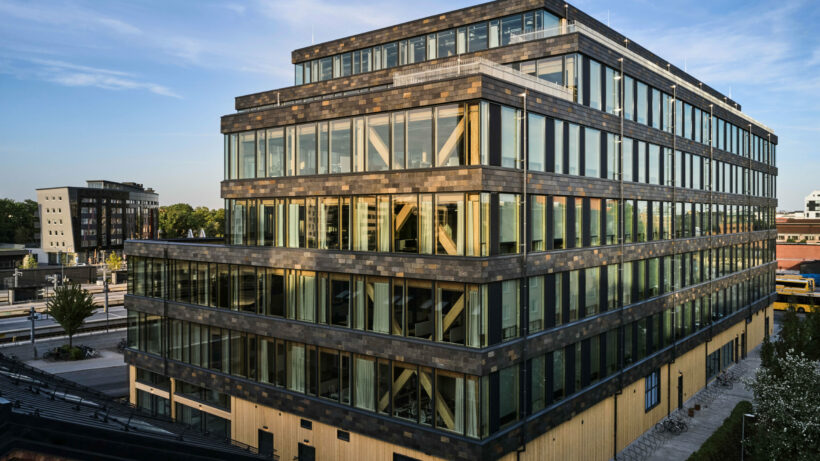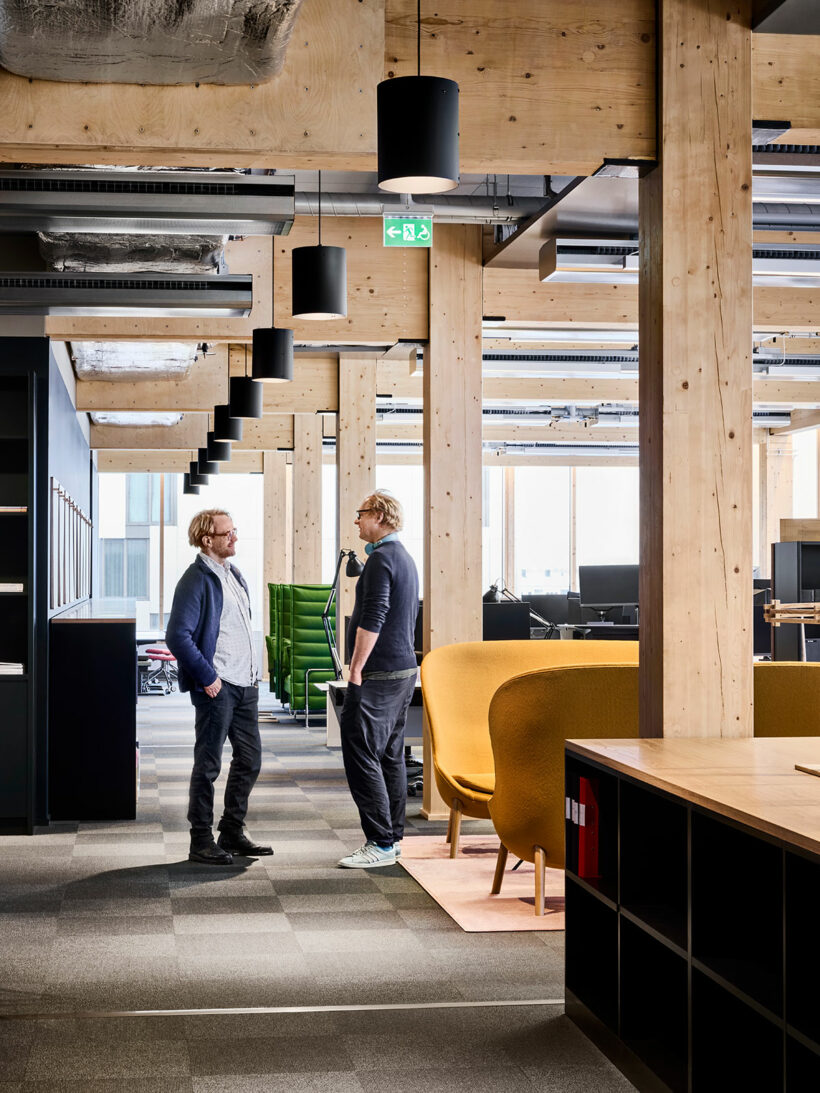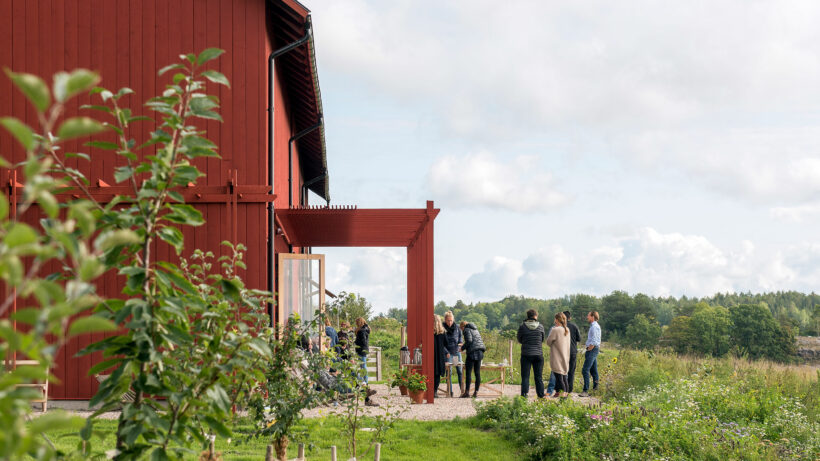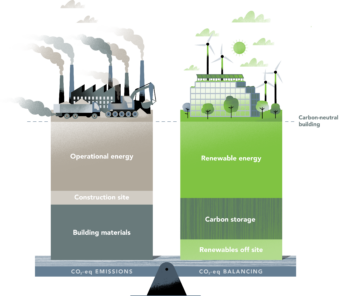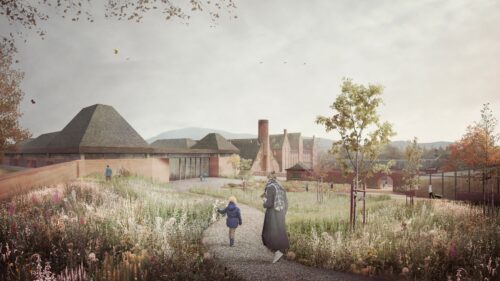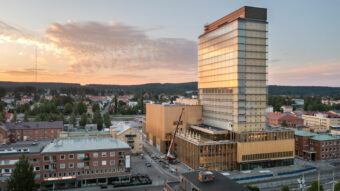We offer services throughout your process so that you can achieve carbon neutrality in your projects in a cost- and time-efficient way.
Here we describe step by step how we achieve a successful and cost-effective result:
Climate coordinator for an integrated process: To reduce the climate impact of a project and achieve carbon neutrality we need to define a clear target at an early stage. All participating actors need to work together in an integrated collaborative process with continuous follow-up throughout the project.
We work as climate coordinators throughout the project, directly with the customer or integrated into the architectural assignment and take overall responsibility for running an efficient process that leads to the best long-term result.
Climate goals and CO2 budget: A key to achieving the goal of carbon neutrality is to establish a carbon budget for materials and energy early in the project. It shows the climate impact and balancing measures in the same way that a financial budget shows costs and revenues. In this way, we can ensure that each stage – from the first sketch through design procurement, operation (and eventual deconstruction) – is balanced so that the total climate impact is zero. The climate debt should be amortised over 50 years.
Optimise, calculate and balance: It is important to lay the foundation for a low climate impact right from the first sketches. Energy needs can be reduced by optimising building volumes, form, orientation, and envelope, and by choosing energy-efficient technical systems and renewable energy solutions.
All building projects have a climate impact throughout their lifecycle, from the production of materials to the conversion or demolition of the building. In a carbon-neutral building, greenhouse gas emissions are minimised at all stages, from materials and production to operation. The remaining emissions can be balanced so that the climate impact over time is zero. If you build with wood, you can capitalise on the wood’s ability to store carbon, and if you have solar panels or other renewable energy, this compensates for the building’s emissions.
Climate declarations (in Sweden):. Since January 2022 in Sweden there has been a requirement for climate declarations for all building projects, which must report emissions from certain materials and the construction phase. White presents an extended climate declaration, by also including energy use and balancing strategies.
The final climate declaration is registered with the Swedish National Board of Housing (Boverket) after completion of the building.
Active climate- and cost management: When working with a climate budget in the assignment, it is not a long step to link it to the financial budget. By actively working with climate impact assessment and cost management during the various stages of the project, a clear basis is created for making the right decisions that ensure low climate impact, but in relation to the project’s financial framework.
